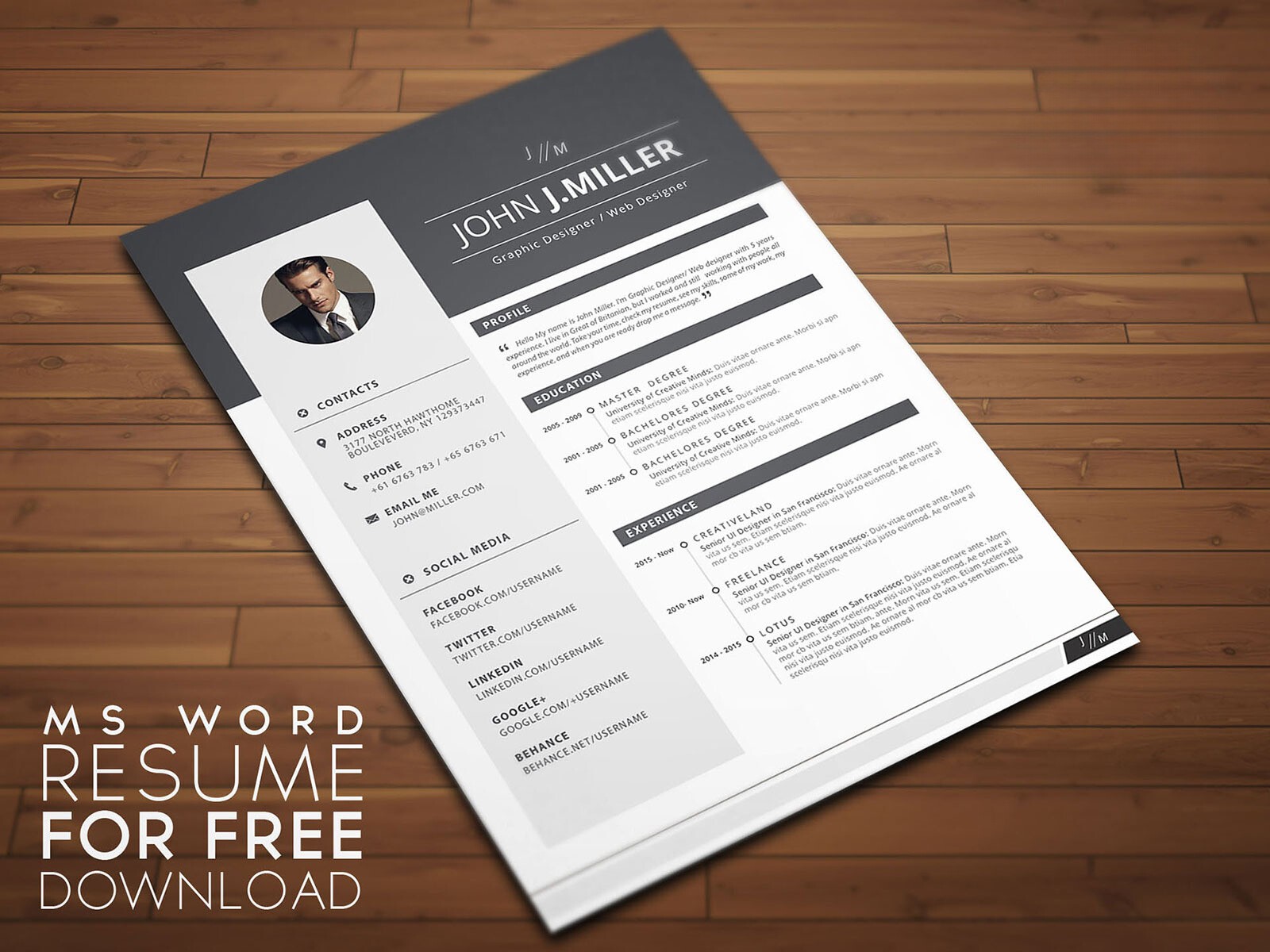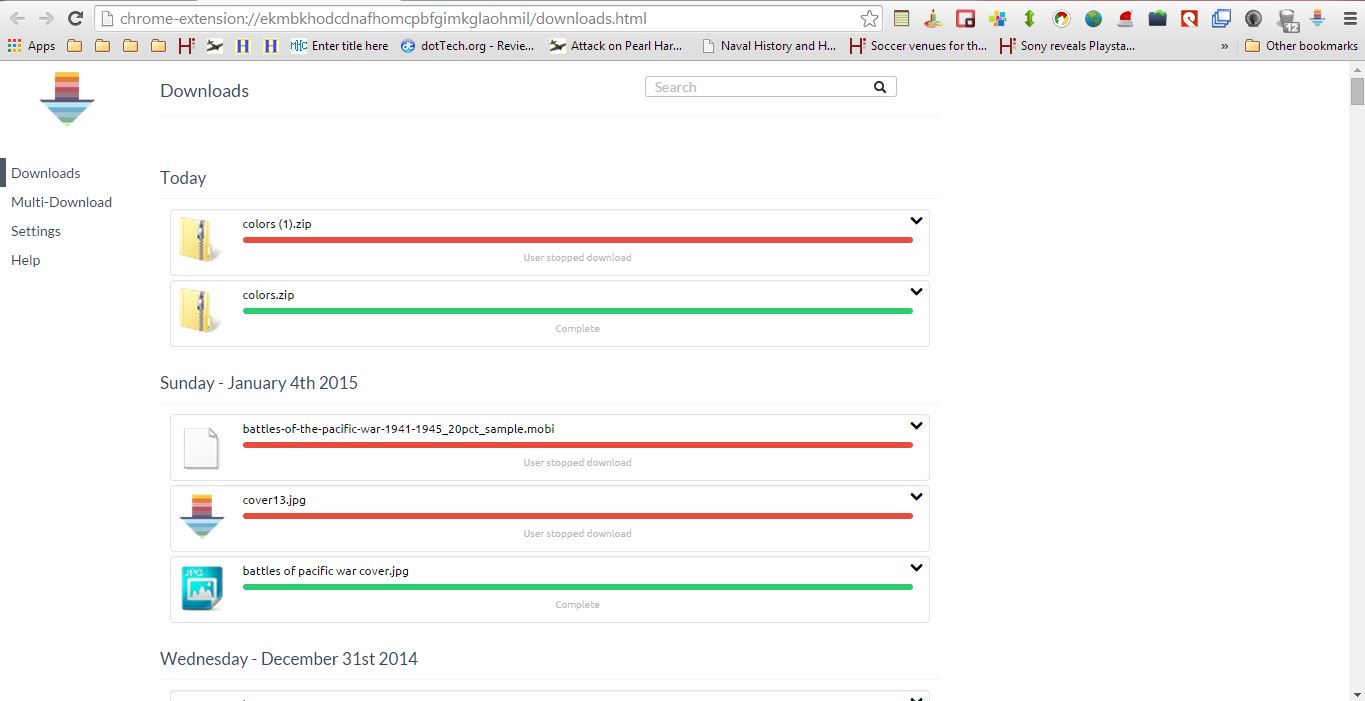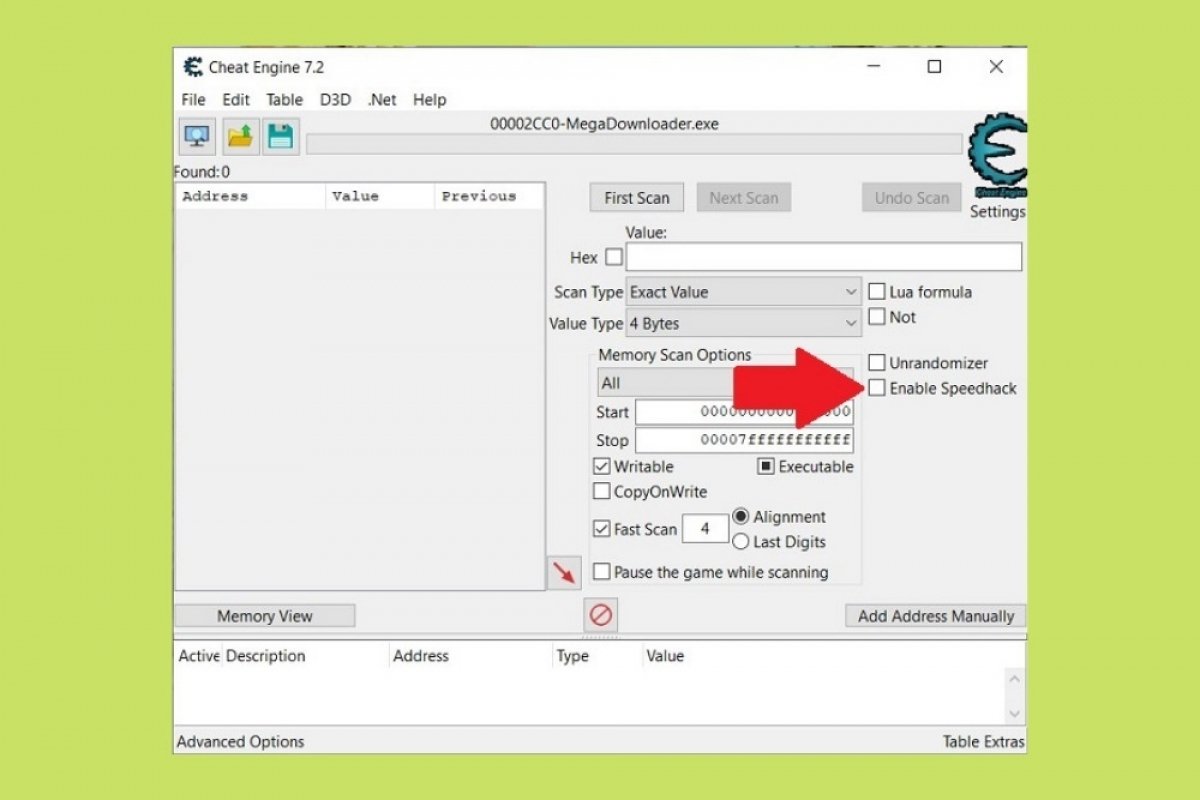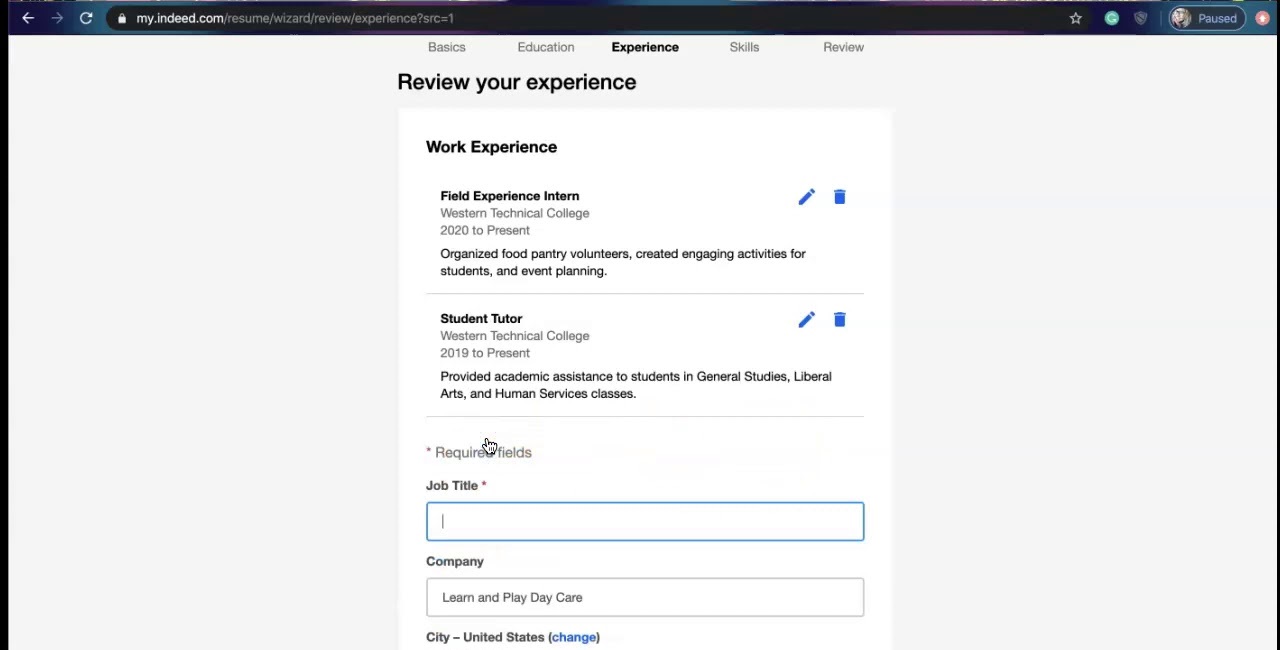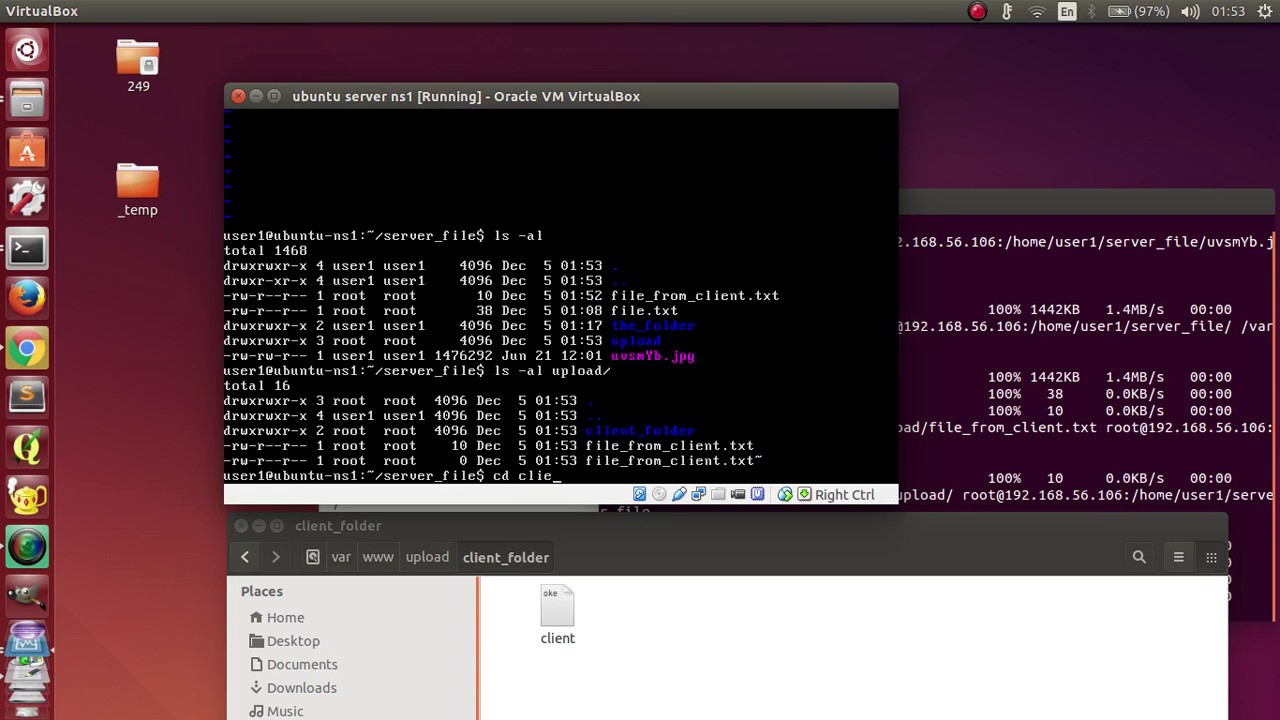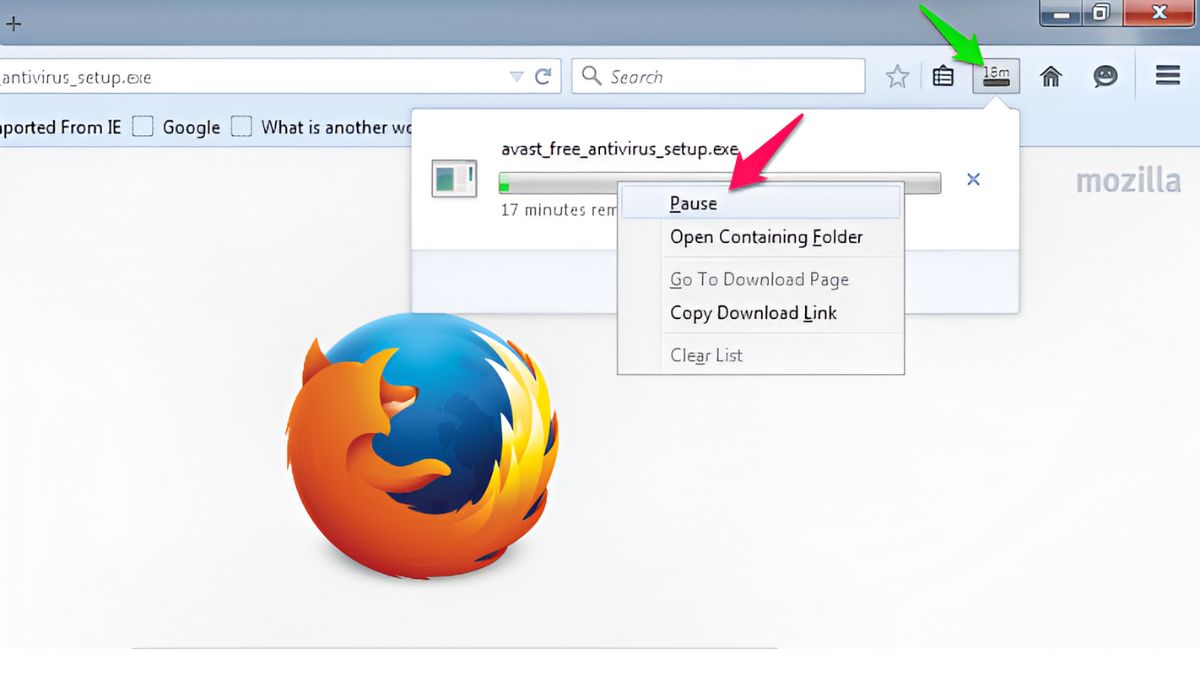Introduction
Welcome to the world of job applications and resume downloads! With the advancement of technology, it has become easier than ever to apply for a job online and submit your resume with just a few clicks. However, knowing how to properly download a resume is essential to ensure that your application stands out among the competition.
In this article, we will guide you through the step-by-step process of downloading a resume. Whether you’re new to job hunting or simply looking to refresh your skills, this guide will provide valuable insights and tips to make the process seamless.
Downloading a resume involves several significant steps, including selecting the right format, creating a resume, saving it as a file, and finally, downloading and verifying the downloaded resume. Each step plays a crucial role in ensuring that your resume is correctly downloaded and preserved in a format that is compatible with the recipient’s software.
So, if you’re ready to take your job application game to the next level, let’s dive into the process of downloading a resume in the most efficient and professional way possible. Whether you’re applying for your dream job or exploring new career opportunities, knowing how to download a resume is an essential skill that can greatly benefit your professional journey.
Why Download a Resume?
Downloading a resume is a crucial step in the job application process, both for job seekers and employers. It serves multiple purposes and offers several advantages. Let’s explore some of the key reasons why downloading a resume is important:
- Professionalism: When applying for a job, submitting a well-crafted and visually appealing resume showcases professionalism. Downloading a resume ensures that it retains its formatting and is presented in a polished manner, making a positive impression on potential employers.
- Compatibility: Different companies and recruitment systems may have specific software requirements for resumes. By downloading a resume, you can ensure that it is saved in a compatible format, such as PDF or Word, increasing the chances of the recipient being able to view it correctly.
- Portability: By downloading a resume, you can save it as a file on your device or cloud storage, allowing for easy access and sharing. This portability enables you to quickly send your resume to multiple employers or upload it to online job portals.
- Offline Access: Having a downloaded resume gives you the advantage of accessing it offline. This is particularly useful when attending job fairs, networking events, or interviews where internet connectivity may be limited.
- Editing and Customization: Downloading a resume allows you to make changes and customize it as needed before sending it out. You can update information, add new achievements, or tailor it to specific job requirements, ensuring your resume is always up to date and tailored to each position you apply for.
In summary, downloading a resume ensures professionalism, compatibility, portability, offline access, and the ability to make edits and customizations. By taking this step in the job application process, you are maximizing your chances of making a strong impression and increasing your chances of securing an interview.
Step 1: Choosing the Right Format
Choosing the right resume format is the foundation of creating an effective and visually appealing document. The format you select will depend on your industry, job level, and personal preference. Here are some popular resume formats to consider:
- Chronological: This format lists your work experience in reverse chronological order, starting with your most recent position. It highlights your career progression and is suitable for those with a consistent work history.
- Functional: The functional format emphasizes your skills and achievements rather than your work history. It is suitable for individuals who are changing careers, have gaps in employment, or have a diverse skill set.
- Combination: As the name suggests, the combination format combines elements of both the chronological and functional formats. It showcases your skills and achievements while highlighting your work experience in a concise manner.
- Targeted: A targeted resume format focuses on tailoring your resume to a specific job or industry. It highlights the skills and qualifications that are most relevant to the position you are applying for.
When selecting the right format, it’s essential to consider the requirements and expectations of the potential employer. Research the company and industry to identify if any specific format is preferred or if there are any guidelines you should follow.
Additionally, keep in mind the readability and compatibility of your chosen format. PDF and Word documents are widely accepted and can be easily viewed on different devices and operating systems. However, some online application systems may require resumes to be in a plain text format, so it’s worth having a plain text version available for such situations.
Remember, the format you choose should effectively showcase your skills, experience, and qualifications, making it easy for the employer to evaluate your suitability for the role. Consider your unique circumstances and align the format with your strengths to create a visually appealing and professional resume.
Step 2: Creating a Resume
Creating a resume is the next crucial step in the job application process. Your resume should highlight your skills, qualifications, work experience, and achievements in a concise and compelling manner. Follow these steps to create an effective resume:
1. Choose a professional template: Start by selecting a clean and professional resume template. There are plenty of free templates available online, or you can use word processing software to create your own.
2. Add your contact information: Include your full name, phone number, email address, and professional social media profiles (such as LinkedIn). Make sure your contact details are easily accessible and accurate.
3. Summarize your objective or professional summary: Write a brief statement at the beginning of your resume that summarizes your career goals, skills, and relevant experience. Tailor this section to match the requirements of the job you’re applying for.
4. Highlight your skills: List your key skills, including both hard and soft skills, that are relevant to the job. Use bullet points to make them easily readable and showcase your strengths.
5. Outline your work experience: In reverse chronological order, detail your previous work experience, including job titles, company names, dates of employment, and key responsibilities and achievements in each role. Focus on quantifiable accomplishments to highlight your contributions.
6. Include your education: Provide information about your educational background, including the degree or certification obtained, the institution’s name, and the dates of attendance. If you have additional relevant coursework, internships, or certifications, include them as well.
7. Add relevant sections: Depending on your experience and the job requirements, consider including additional resume sections like professional affiliations, volunteer work, publications, or language skills. These sections can make your resume more comprehensive and help you stand out.
8. Check for consistency and readability: Ensure that the formatting is consistent throughout your resume, with consistent font style, size, and spacing. Use bullet points and short paragraphs for easy readability. Proofread carefully to eliminate any grammatical or spelling errors.
9. Tailor your resume for each application: Customize your resume for each job application by emphasizing the most relevant skills and experiences that match the job requirements. Research the company and industry to tailor your language and keywords accordingly.
Remember, your resume is a marketing tool that showcases your qualifications and highlights how you can add value to a prospective employer. Take the time to craft a well-written and visually appealing resume, as it’s your chance to make a strong first impression and secure an interview.
Step 3: Saving the Resume as a File
Once you have created your resume, it is important to save it as a file format that is widely accepted and compatible with different devices and software. Follow these steps to save your resume:
1. Select the correct file format: The most commonly accepted file formats for resumes are PDF (Portable Document Format) and Word (DOC or DOCX). These formats preserve the formatting and layout of your resume, ensuring it appears as intended to the recipient.
2. Consider the recipient’s requirements: Check if the employer or job application specifies a preferred file format. Some companies may require resumes to be submitted in a specific format, so it’s essential to adhere to their guidelines.
3. Save as PDF: To save your resume as a PDF, go to the “File” menu in your word processing software (such as Microsoft Word or Google Docs) and select “Save As” or “Export.” Choose the PDF format and rename the file if desired. Saving as a PDF ensures that your resume retains its formatting, regardless of which device or software the recipient uses to view it.
4. Save as Word: If the recipient specifically requests a Word document, save your resume as a DOC or DOCX file. Again, go to the “File” menu and select “Save As” or “Save a Copy.” Choose the Word format and save the file with a suitable name.
5. Choose a location: Select a location on your computer or cloud storage where you want to save the resume file. Remember to choose a location that is easily accessible and organized for future reference.
6. Regularly update your resume: As you gain new skills and experiences, make sure to save updated versions of your resume. This allows you to easily access the most recent version and ensures that you are always prepared to submit an up-to-date resume when needed.
By saving your resume in the appropriate file format, you ensure that it can be easily viewed by potential employers and applicant tracking systems without any issues. This step is crucial in preserving the visual integrity of your resume and ensuring that it appears professional and polished when opened by the recipient.
Step 4: Downloading the Resume
Downloading your resume is the final step before submitting it to potential employers or uploading it to job portals. Follow these steps to download your resume:
1. Access your saved resume file: Locate the folder where you saved your resume file. If it is saved on your computer, navigate to the folder you chose during the saving process. If it is saved on a cloud storage service, access the platform and locate the file.
2. Ensure file integrity: Before downloading, double-check that the resume file is intact and has not been corrupted or modified. Verify that the file size matches your expectations and that it has the correct file extension (e.g., .pdf or .docx).
3. Download from cloud storage: If your resume is saved on a cloud storage platform, open the file and look for a download option. Click on the download button or select the appropriate download option to save the file to your computer.
4. Direct download: If the resume file is saved directly on your computer, you can download it by right-clicking on the file and selecting “Save As” or “Download.” Choose the location on your computer where you want to save the file, and click “Save.”
5. Confirm download completion: Once the download is initiated, monitor the progress until it is complete. Larger files or slower internet connections may take some time to download fully. Avoid interrupting the download process to prevent any potential issues with the file.
6. Verify the downloaded file: After downloading, navigate to the folder where the resume file was saved. Open the file to ensure that it opens correctly and all elements, such as formatting, fonts, and images, are preserved. Check for any errors or discrepancies and make any necessary adjustments.
By following these steps, you can successfully download your resume and ensure that it is ready to be shared with potential employers. It is essential to review the downloaded file to confirm that it appears as intended and there are no formatting issues or errors that need to be addressed.
Step 5: Verifying the Downloaded Resume
After downloading your resume, it is crucial to verify its accuracy and ensure that it is formatted correctly. Verifying the downloaded resume will give you confidence when submitting it to potential employers or uploading it to online job portals. Follow these steps to verify your downloaded resume:
1. Review the content: Carefully read through the entire resume to check for any typos, grammatical errors, or missing information. Ensure that all sections, such as contact details, work experience, and education, are included and accurate.
2. Check the formatting: Pay close attention to the formatting of your resume, such as font styles, sizes, and spacing. Ensure that headings, bullet points, and paragraphs are consistent throughout the document. Examine the alignment and indentation to make sure they appear as intended.
3. Verify the file integrity: Check that the downloaded file has the correct file extension (e.g., .pdf or .docx) and the appropriate file size. If the file is significantly smaller or larger than expected, it may indicate a problem with the download or the file itself.
4. Test the file on different devices: Open the downloaded resume on various devices and software programs to ensure that it can be viewed correctly. Test it on computers, smartphones, and tablets to ensure compatibility across different platforms.
5. Share with a trusted friend or colleague: Share your downloaded resume with a friend or colleague and request their feedback. Ask them to review the content, formatting, and overall appearance to ensure that it presents you in the best possible light.
6. Make necessary revisions: If you identify any errors or formatting issues during the verification process, make the necessary revisions to your resume. Correct any mistakes, adjust the formatting, and ensure that the final version is error-free and visually appealing.
By verifying your downloaded resume, you can be confident that you are presenting a polished and professional document. Taking the time to review and make any necessary revisions will help you ensure that your resume accurately represents your qualifications and increases your chances of impressing potential employers.
Conclusion
Downloading a resume is a critical step in the job application process. By following the steps outlined in this guide, you can ensure that your resume is professionally formatted, accurately saved as a file, and carefully verified before submission. These steps will help you make a positive impression on potential employers and increase your chances of securing an interview.
Choosing the right format for your resume is the first step in the process. Consider the industry, job level, and requirements when selecting a format that best showcases your skills and experience. Creating a well-crafted resume that highlights your qualifications and achievements is essential to stand out among other applicants.
Once your resume is created, saving it as a file in a compatible format is crucial. PDF and Word formats are widely accepted and ensure that your resume retains its formatting when viewed by potential employers or applicant tracking systems.
After successfully saving your resume, it is important to download and verify the file to ensure its accuracy and visual integrity. Review the content, check for formatting errors, and test the file on different devices to ensure compatibility.
By following these steps, you can confidently download, save, and verify your resume, setting yourself apart from the competition and increasing your chances of landing your desired job. Remember, a well-crafted and professionally presented resume is your gateway to new opportunities and career success.







